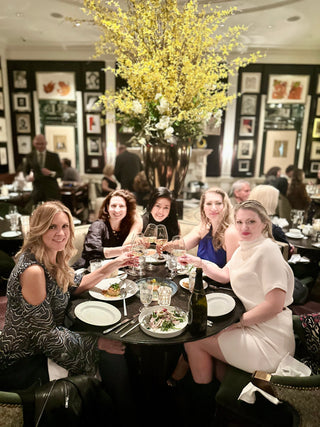Events
Our upcoming events
-
8 June

Beauty + the Feast | NYC
June 8th, 2024
Shalel
Learn more"Connecting the radiant stars in the sky." -Angela Jia Kim
Magic happens when you gather like-minded people at the table! ♥️
Come for meaningful connection. Leave with a new friend, a potential client or simply fun memories… along with a beauty treat from Savor Beauty founder and your host, Angela Jia Kim.
-

Beauty + the Feast | NYC
July, 2024
Venue TBD
Learn moreWe've launched exclusive, intimate dinner gatherings in special NYC spots with the intention to "connect the radiant stars in the sky." For like-minded professionals who know that life is more than success. Self-care, personal growth, and friendships matter, too.
Dinners are invite-only. The dinners will fill up quickly, so if it sells out, we will keep you in mind for the next experience!


